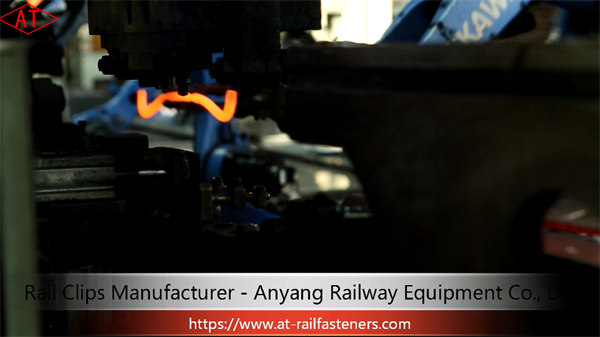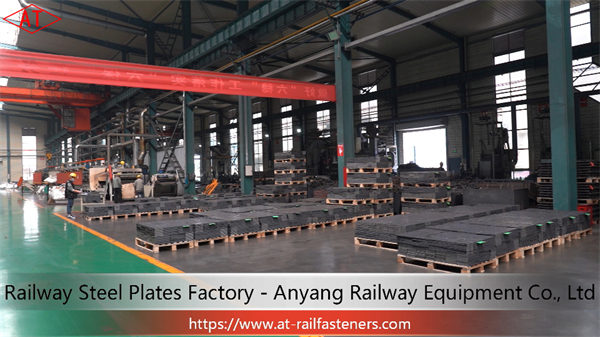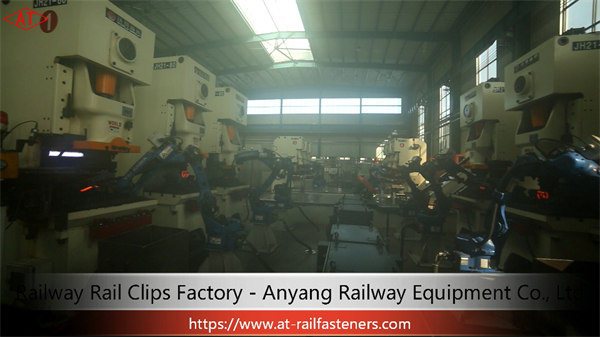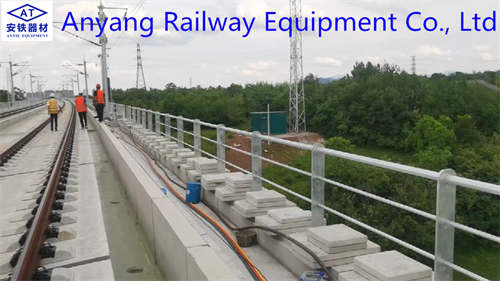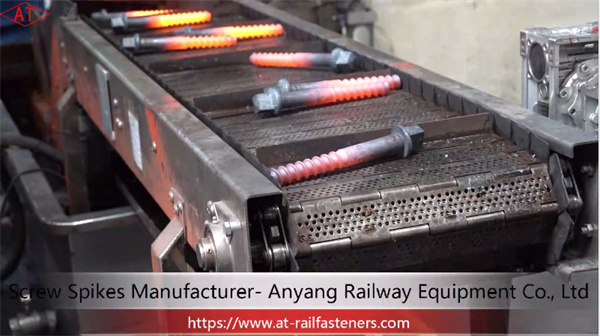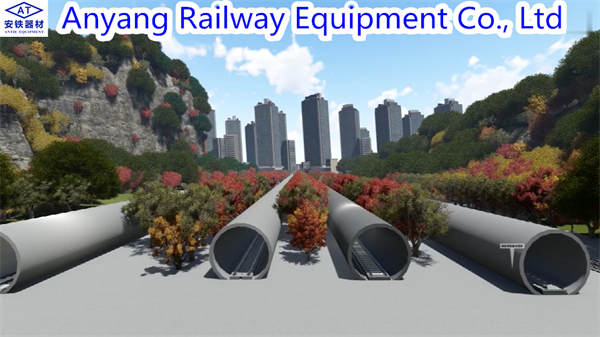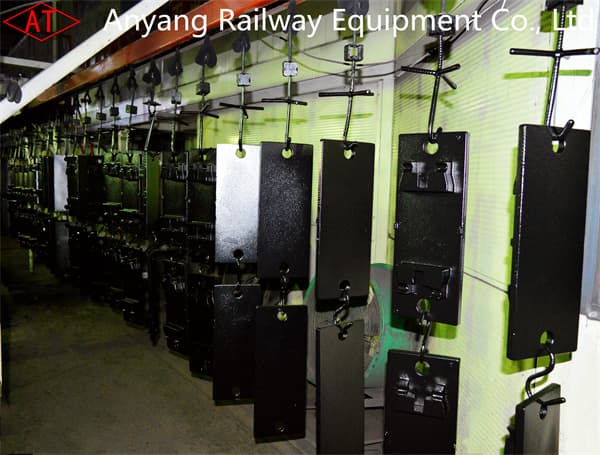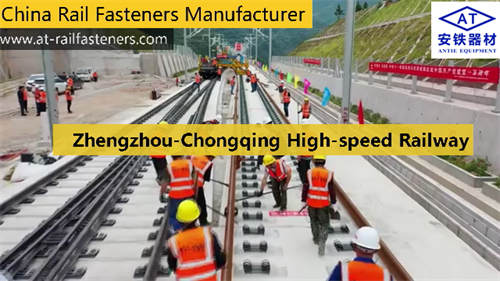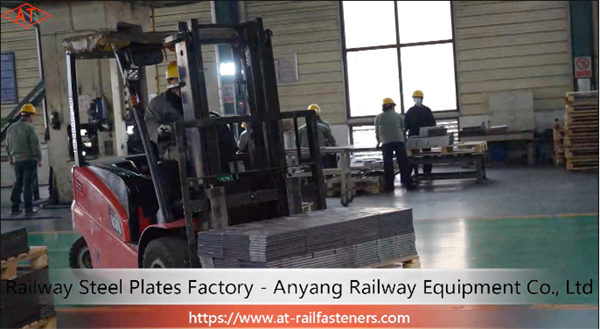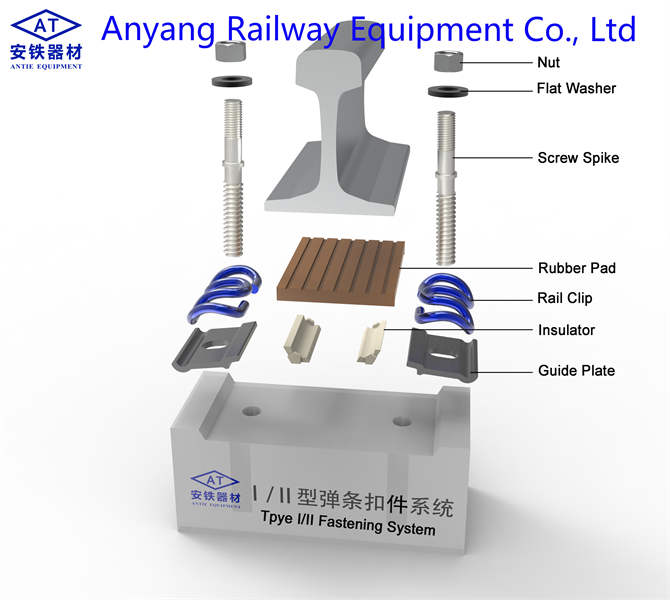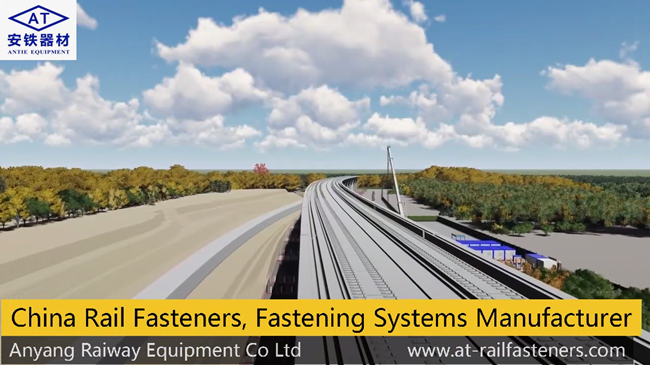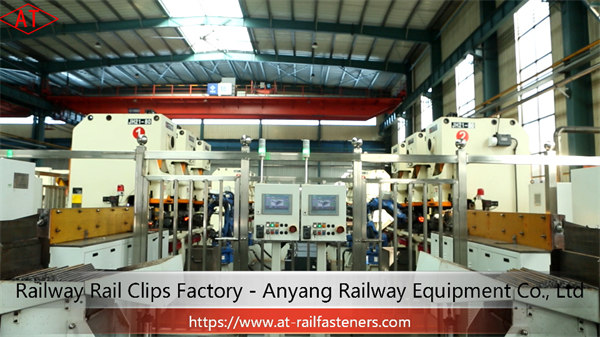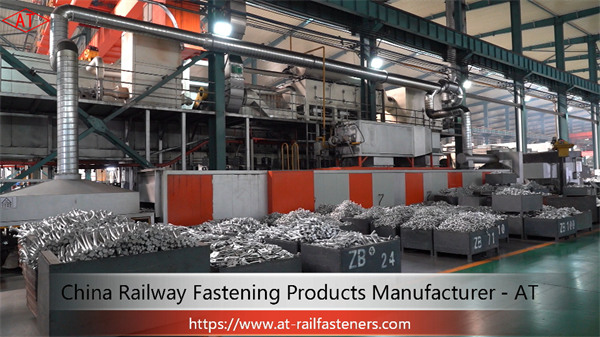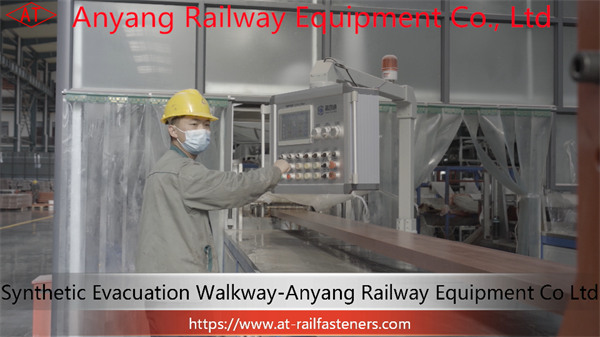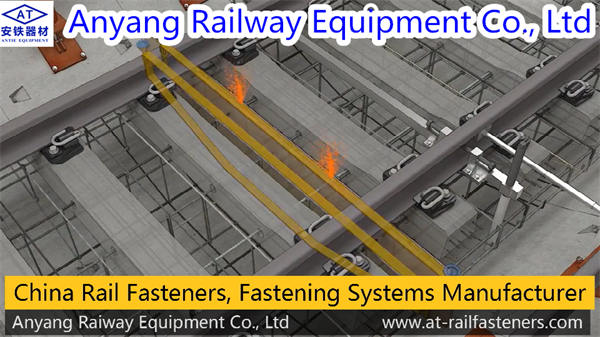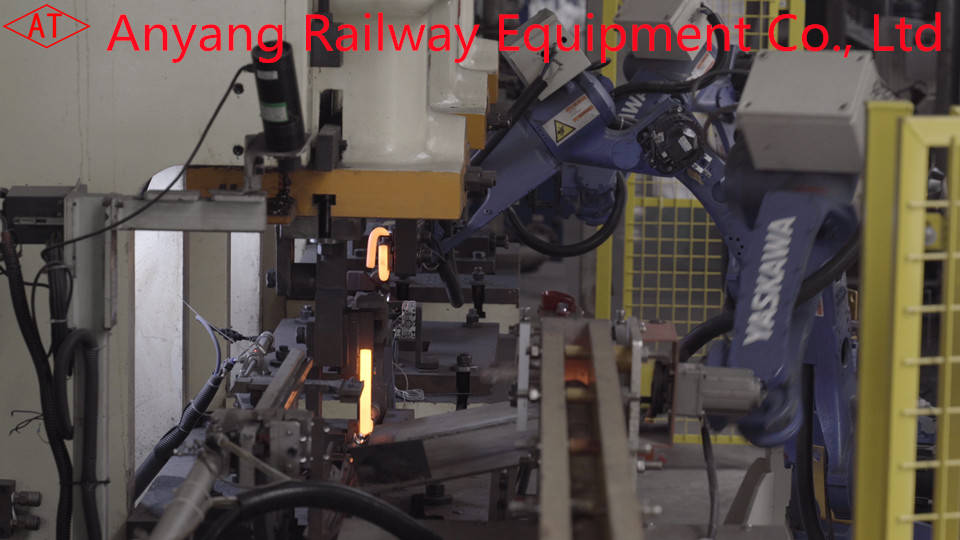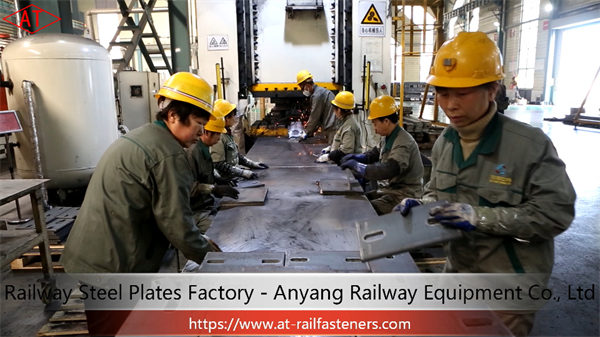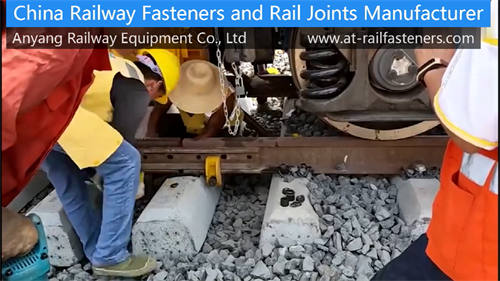
Ballasted Track Laying Process for High-Speed Railway
Ballasted track components include steel rails, railway sleepers, rail joints, ballast, turnouts, rail telescopic regulators and line ancillary equipment, etc. The base of the rail material storage site should be flat and have a sound drainage system.
The storage of ballast should meet the following requirements: the setting of the ballast storage yard and the quantity of ballast storage should meet the requirements of the construction progress; the ground of the ballast dump should be hardened; the clean ballast pile should be covered or stored in storage; crawler equipment should not be used For ballasting, when using a rubber wheel loader for ballasting and loading operations, the loader must not repeatedly walk on the same ballast surface, and the height of the ballast pile should not exceed 3m; the polluted ballast should not be used on the road before it has been cleaned; Turnouts, rail telescopic regulators and their accessories should be placed in groups and stacked neatly.
The storage of other track components should also comply with relevant regulations. Before laying the track, the sources of various track components should be determined according to the track laying progress plan, and the supply progress should match the construction progress. There should be a certain amount of reserves.
The operators of the construction team should undergo pre-job training, and take up their posts with certificates after passing the examination. Before the construction of the track project, equipment such as welding rail, ballast paving, long rail, and track floor transportation, sleeper laying and track laying, large-scale road maintenance machinery and ballast filling, stress relief and locking, and rail pre-grinding should be equipped according to the construction method. Before construction, a certified testing agency should be set up according to the quality control needs and equipped with corresponding testing equipment. The test and testing equipment mainly include: rail welded joint quality testing equipment, ballasted ballast bed state parameter index testing equipment, track geometric dimension testing equipment, rail temperature gauge, etc. All construction testing equipment shall be pre-calibrated before use, and those who fail to pass shall not be used.
The line foundation piles should be set up according to the design before ballasting. The material, standard, setting position, quantity, and accuracy of line foundation piles shall meet the design requirements. The line foundation piles should be installed after the penetration measurement, the measurement error should be adjusted and closed within the tolerance, and the setting accuracy should meet the relevant technical standards. When the foundation pile is displaced due to subsidence of the subgrade, etc., the measurement data should be corrected in time. The foundation piles of the line should be firmly set up, with clear and complete markings, and easy to see and draw a schematic diagram of the layout and a table of the foundation piles to describe their position, moving distance, and elevation.
Before laying the track, the subgrade, bridge, tunnel, and transition section should have inspection and qualification data, and provide settlement deformation observation data and evaluation reports. The track-laying construction unit should receive the line measurement data and control piles from the offline construction unit, verify the penetration of the center line, and re-measure the line foundation piles and road surface elevation. The midline piles, line foundation piles, and benchmarking points should be fully nailed, and the missing ones should be filled before laying the track. The handover between the track-laying construction unit and the offline construction unit should be carried out one month before the track-laying.


